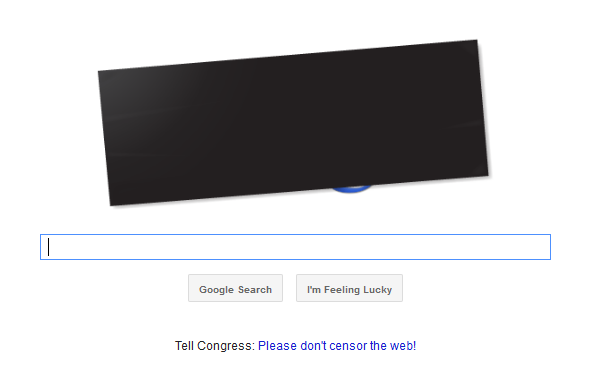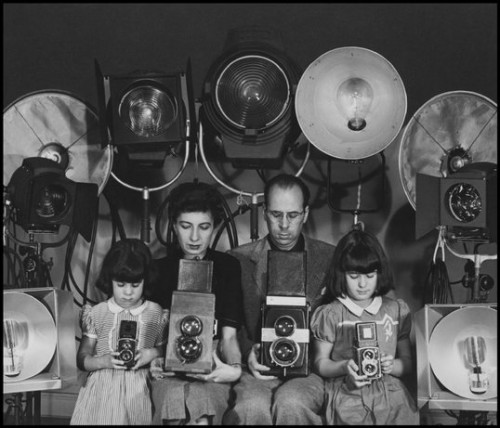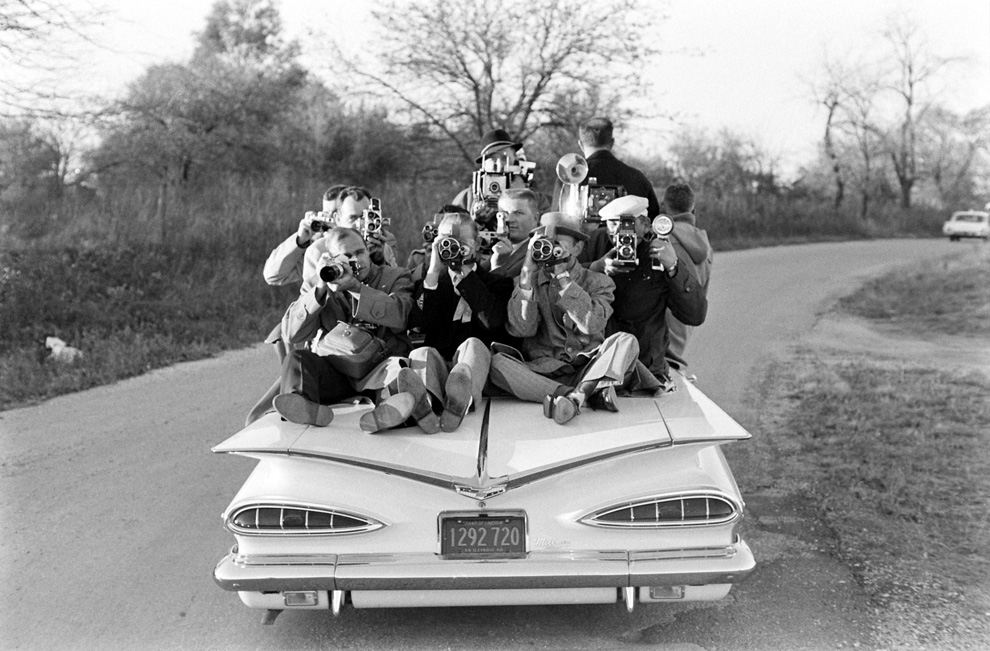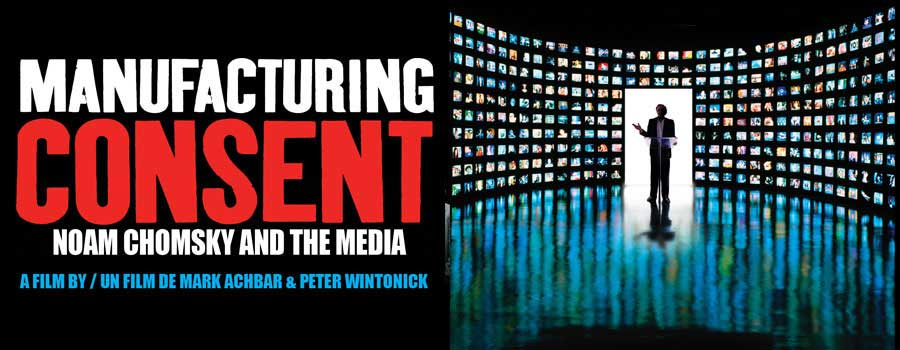
While tech geeks and Silicone Valley execs have been decrying the the Stop Online Piracy Act (SOPA) and its sister bill, the Protect Intellectual Property Act (PIPA), today, January 18, 2012, marks an unprecedented day of action across the Web. The protest is remarkable because it fully utilizes the Internet’s unprecedented ability blend top-down and bottom-up organization. Specifically, the action achieves maximum effect because major sites like Wikipedia, Google, and reddit have blacked-out part or all of their pages while individuals users also black-out their own profile images and posts. As a result, it is near impossible to surf the Web without encountering a deluge of such images and, thereby, being encouraged to do at least a little investigating into why these bills provoke such ire.
Interestingly, the debate of intellectual property law pits new, social media against old, broadcast media. For this reason, the anti-SOPA movement may be the clearest demonstration to date of social media’s superior capacity for organizing and mobilizing social or political movements (vis-à-vis broadcast media). New media is clearly winning the messaging war. A recent Zogby poll finds that 60% of likely voters are aware of the SOPA legislation and 68% of them oppose it; the same number also believe it infringes on First Amendment Rights.
The following is as scrapbook-style archive of anti-SOPA images from across the Web. more...










